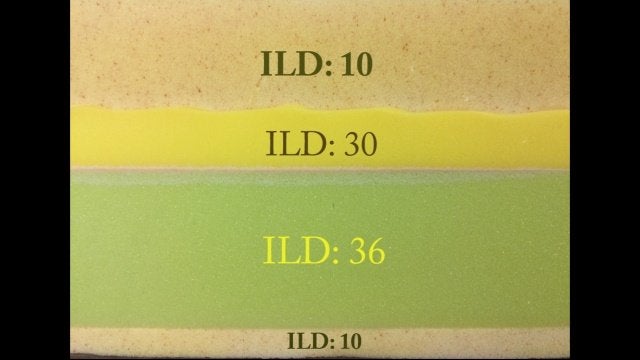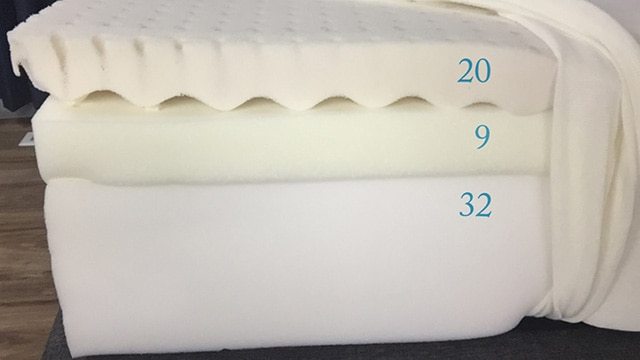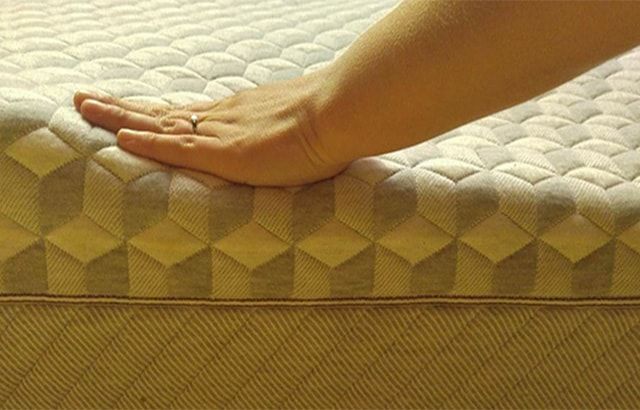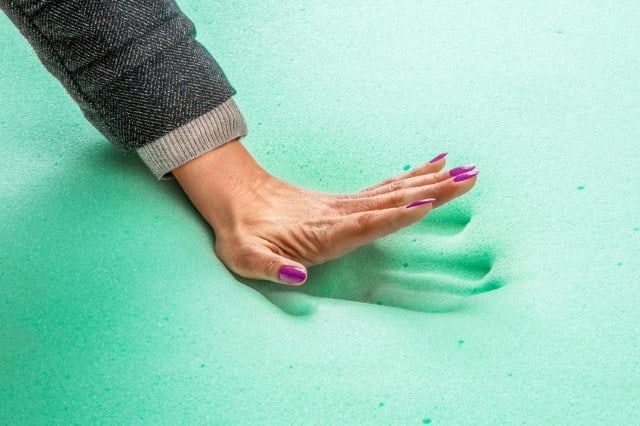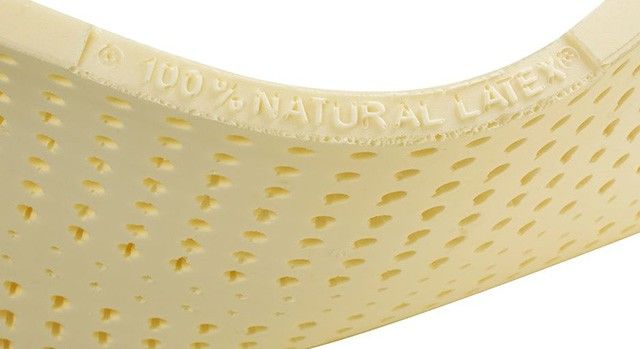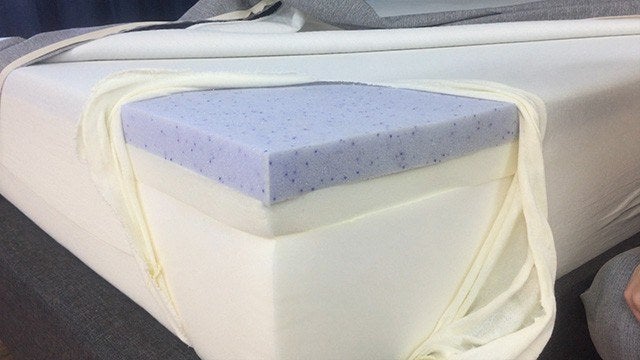There are hundreds of quality mattresses on the market. With the ability to shop online, you’re able to browse them with ease and open up new possibilities. However, since you’re not able to lie on them before you buy, it can be hard to get a good idea of the firmness. That is if you don’t know what to look at.
Indentation load deflection is a measurement that can help clear this up. When you know what this number means, you can quickly assess firmness and decide if it matches your needs.
ILD vs. IFD- Is There a Difference?
If you’ve spent any significant time mattress shopping, it’s possible you’ve come across the terms ILD and IFD. The good news… these acronyms describe the same thing. Indentation load deflection and indentation force deflection are both describing the firmness level of your mattress.
The reason for the two different terms comes from the metric system. If you would like a look at the complete timeline for the emergence of both terms, the Polyurethane Foam Association offers a very thorough one. However, for our purposes, just understand that it all stems from America’s long-term aversion for the metric system.
In the 1970’s, Americans began a push to adopt the metric system. It’s because of this that the word “load” was sometimes replaced with “force.” The truth is, both terms are describing the same measurement.
How is Indentation Load Deflection Measured
So, how is ILD measured? Using a foam testing piece measuring 15” x 15” x 4”, a 50 square inch circular indenter is used to press the material down to just a quarter of its natural thickness. It’s usually easier to understand with a visual, and you can watch ILD testing performed here.
The higher the ILD, the firmer the material.
Your Weight Makes a Difference on Perception
Remember that your weight makes a difference in how you’ll perceive firmness. For example, someone who weighs 300 pounds will sink into the layers more than someone who weighs just 100 pounds.
The indenter used to measure ILD is standardized. This makes it possible to create coherence in the industry. In a nutshell, an ILD of 12 would be considered very plush while 50 would be rated as very firm.
To understand what works best for you, you must take your BMI into consideration. Once you calculate yours, use the following chart to determine the firmness that’ll likely work best for you:
BMI below 19 — SOFT
BMI between 19 and 25 — MEDIUM
BMI between 26 and 31 — FIRM
Some Things That Impact ILD Measurements
When measuring ILD, there are things that make an impact. It’s critical these aspects are taken into consideration for the most accurate results. In order to best educate you on indentation load deflection, how it works, and its impact on your mattress purchase, let’s take a look at these variables.
Thickness of the Material
As the thickness of the material being tested increases, so does the indentation load deflection. It’s not possible to produce a chart that delineates this change since it’s highly dependent on the type of foam being tested. For example, memory foam and polyfoam have a much different composition. However, to put this concept in perspective here is a sample testing:
Sample Thickness ILD at 25% Deflection (lbs/50 in²)
4—————————29.0
5—————————32.0
6—————————35.5
7—————————39.5
8—————————44.0
It’s the Same Material… Why the Variance in ILD?
You can see that the increase doesn’t remain steady when you move up from four to five inches as compared with five to six and so on. This can seem confusing. Why would variance exist in a single material?
When the thickness of the material is higher, the indenter has to push down more to reach the 25% compression standard.
Variance in the Manufacturing Plant
While these variances are typically very minimal, they do exist. When measuring ILD at the manufacturing plant, there are aspects that do make an impact on the results. These include:
- Changes made to the controls by operators
- Temperature controls
- Production pumps
- Mixing equipment
Humidity Levels and Room Temperature
The law of thermodynamics dictates that an increase in temperature will result in an increase in volume. We also know that density = mass/volume. When the volume of a foam material increases, it will become more plush based on these physical laws. This is where the term “summertime ILD regression” comes from.
How It’s Dealt With
So, do mattress manufacturers just stop production during the summer? Obviously not. How else would they fulfill the increase of orders over Memorial Day weekend?
Instead, they make adjustments to consider ILD regression. It’s important to understand that these adjustments vary by manufacturer. While plush, medium, and firm mattresses can be pretty well gauged due to ILD standardization, these slight variances can make a difference in certain circumstances. That’s why it’s always good to look for a company that offers a sleep trial to make sure the firmness you’re delivered meets your expectations.
Quick Note on Memory Foam
Memory foam is a unique material, and it’s important to note its reaction to heat. When it’s exposed to body heat, memory foam softens, thus its ILD decreases when you lie on it. If you’re considering a mattress that features memory foam in the first few layers, it could be worth your time to investigate the temperature range the material responds to.
For example, if they respond at 100 degrees, you shouldn’t notice a difference in firmness, unless you have a fever, that is!
Latex vs. Foam ILD: What You Need to Know
Latex and foam are very different materials. Because of this, ILD testing is a little bit different when it comes to calculating latex values.
- Foam
- 4 inches compressed 25%
- Latex
- 6 inches compressed 25%
With latex, there are an extra two inches measured. While the feeling of the same ILD of foam vs. latex will be similar, it’s not possible to make an accurate comparison between the two materials without actually trying them out to see how they feel to you. This is another reason sleep trials are so important.
What Have We Learned?
While there are factors that create variance when it comes to ILD testing, it’s important to understand they are minimal. Indentation load deflection offers a great standard to help us gauge firmness. This is especially important when it comes to the utilization of the online business model.
You can typically expect for a material with an ILD of 30 to be plusher than one of 40. If you are very sensitive when it comes to firmness, take advantage of your sleep trial. If you feel the firmness isn’t reflective of the ILDs a company advertises, it’s your right to call them out.
If you still have questions, please feel free to leave them below. We’d love to get back with you and help make mattress shopping a little less confusing!
